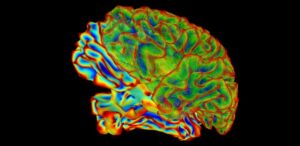 Excerpts from this recent article in Brain & Life (brainandlife.org) magazine:
Excerpts from this recent article in Brain & Life (brainandlife.org) magazine:
“Identifying genetic mutations associated with neurologic disorders may influence treatment and management—and inform decisions about getting tested. … Researchers are still working to understand exactly how these variants interact with each other and with the environment to cause disease. Many of the more common neurologic conditions such as multiple sclerosis, Parkinson’s disease, and Alzheimer’s disease are associated with less severe variants in multiple risk genes, but in some cases they are produced by variants in single causative genes. … If people have puzzling neurologic signs or symptoms, or if one or more neurologic conditions seem to run in their families, should they pursue genetic testing? The answer depends on the disorder and the usefulness of the information to people and their doctors, according to experts.”

 This terrific article from the Wall Street Journal in the fall of 2021 notes:
This terrific article from the Wall Street Journal in the fall of 2021 notes:  The spread of Alzheimer’s Disease has often been described using terms like “chain reaction.” But a new international study, led by the University of Cambridge (London), has discovered evidence of a different process. According to a press release about the study:
The spread of Alzheimer’s Disease has often been described using terms like “chain reaction.” But a new international study, led by the University of Cambridge (London), has discovered evidence of a different process. According to a press release about the study: